上海人工冻土本构模型与温度场演化规律研究
摘要随着上海地区地下空间的进一步开发需要,人工冻结法在地铁联络通道、基坑施工等城市地下工程中得到广泛的应用。在冻结法施工过程中,冻土强度的评估、冻结温度场的控制等成为工程应用中的关键问题。因此,本文主要就以下五个方面的内容进行了研究:(1)在恒定应力加载速率下,对上海第五层冻结软黏土进行了单轴无侧限抗压强度试验,研究了冻土的单轴抗压强度与应力加载速率、温度、含水率、干密度的关系,通过回归分析求得了各影响因素的强度模型表达式,并利用正交试验分析了各因素水平变动时对冻土抗压强度影响的灵敏度。(2)在稳态导热情况下,利用解析解计算推导了单管冻结温度场计算公式,并推导了不考虑和考虑土层冻结温度两种情况...
相关推荐
-
THE COLOR FACTORY ——色彩心理康复体验中心设计VIP免费
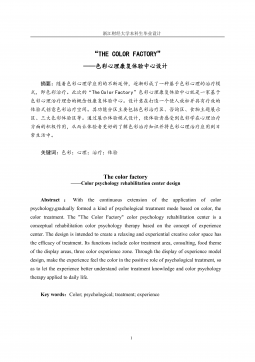
 2024-09-24 13
2024-09-24 13 -
中英大学生创业教育参与主体比较研究VIP免费
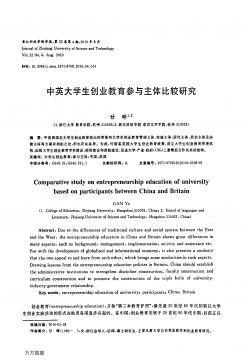
 2024-09-30 58
2024-09-30 58 -
中小学数学培训行业分析VIP免费
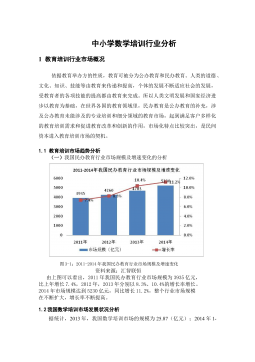
 2024-09-30 21
2024-09-30 21 -
英国大学生创业教育保障体系及其经验借鉴VIP免费
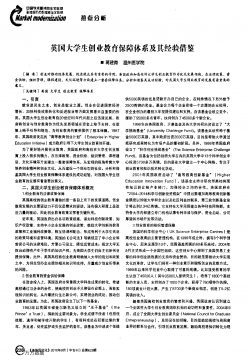
 2024-09-30 67
2024-09-30 67 -
我国大学生创业教育的现状问题及对策研究VIP免费
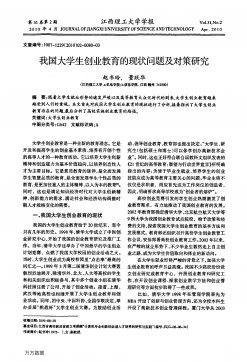
 2024-09-30 41
2024-09-30 41 -
浅谈大学生创业教育中加强思想政治工作的对策问题VIP免费
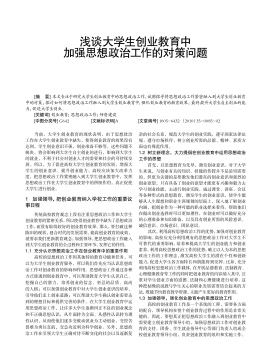
 2024-09-30 23
2024-09-30 23 -
关于我国大学生创业教育目标定位的思考VIP免费
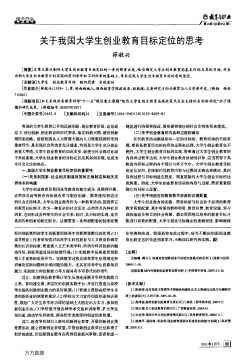
 2024-09-30 71
2024-09-30 71 -
大学生创业教育引入SIYB项目的分析研究VIP免费
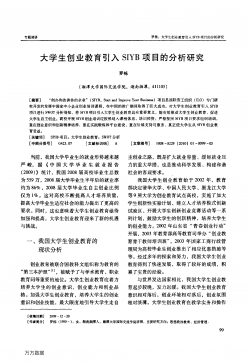
 2024-09-30 57
2024-09-30 57 -
大学生创业教育对策研究VIP免费
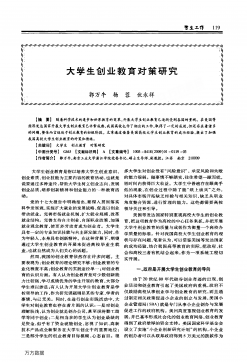
 2024-09-30 53
2024-09-30 53 -
大学生创业教育存在的问题及对策浅析VIP免费

 2024-09-30 65
2024-09-30 65
作者详情
相关内容
-

中英大学生创业教育参与主体比较研究
分类:高等教育资料
时间:2024-09-30
标签:无
格式:PDF
价格:12 积分
-

中小学数学培训行业分析
分类:高等教育资料
时间:2024-09-30
标签:无
格式:DOCX
价格:12 积分
-

英国大学生创业教育保障体系及其经验借鉴
分类:高等教育资料
时间:2024-09-30
标签:无
格式:PDF
价格:12 积分
-

大学生创业教育对策研究
分类:高等教育资料
时间:2024-09-30
标签:无
格式:PDF
价格:12 积分
-
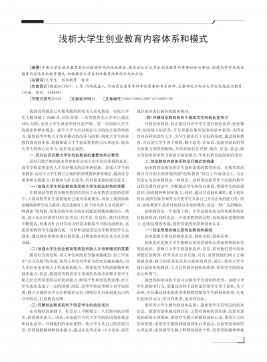
浅析大学生创业教育内容体系和模式
分类:高等教育资料
时间:2024-09-30
标签:无
格式:PDF
价格:12 积分






